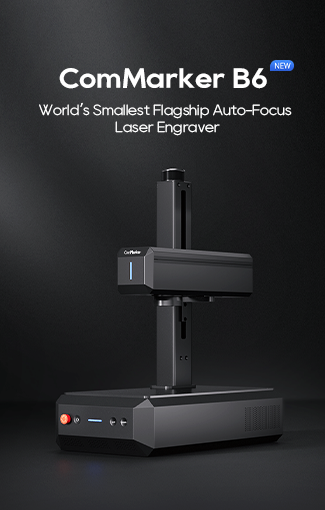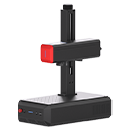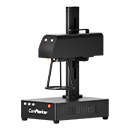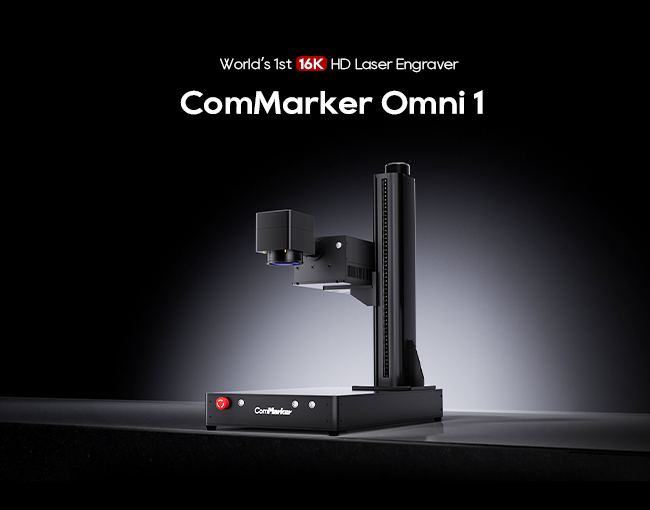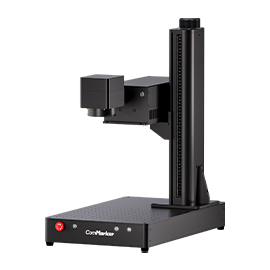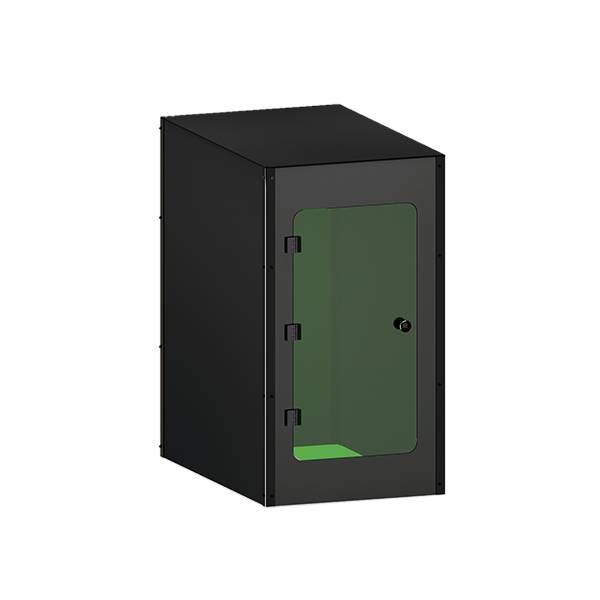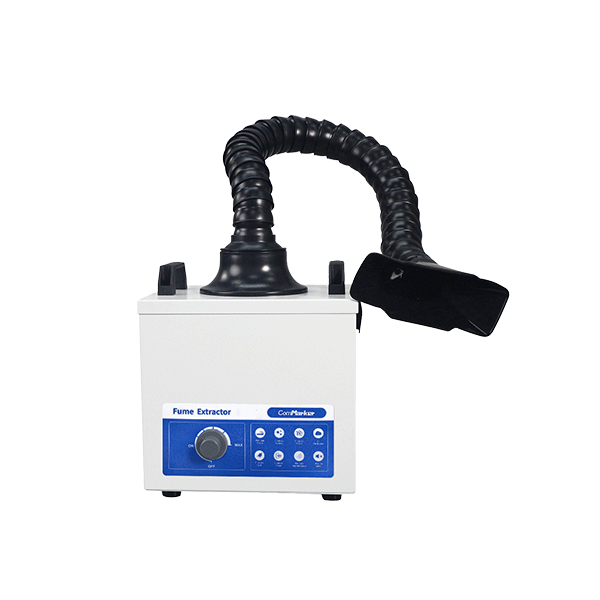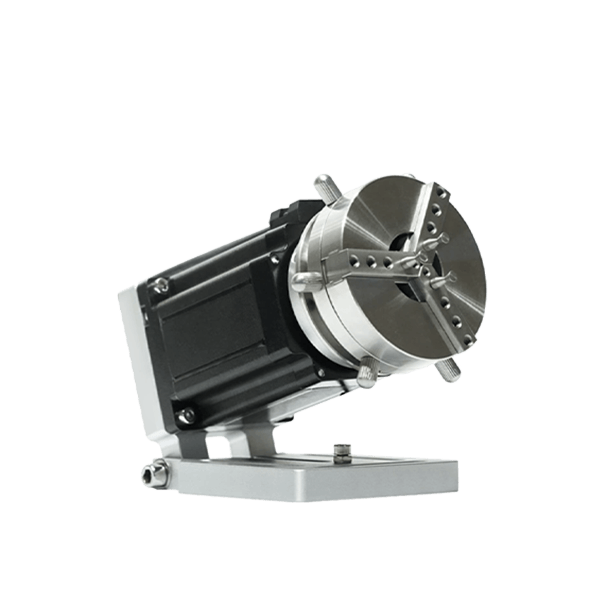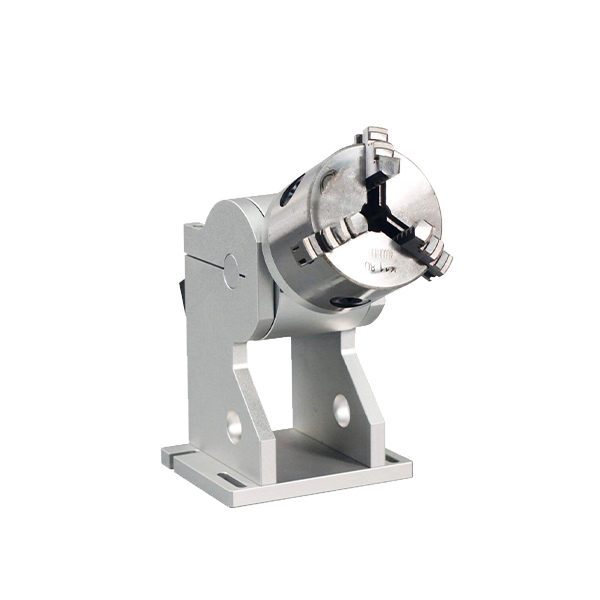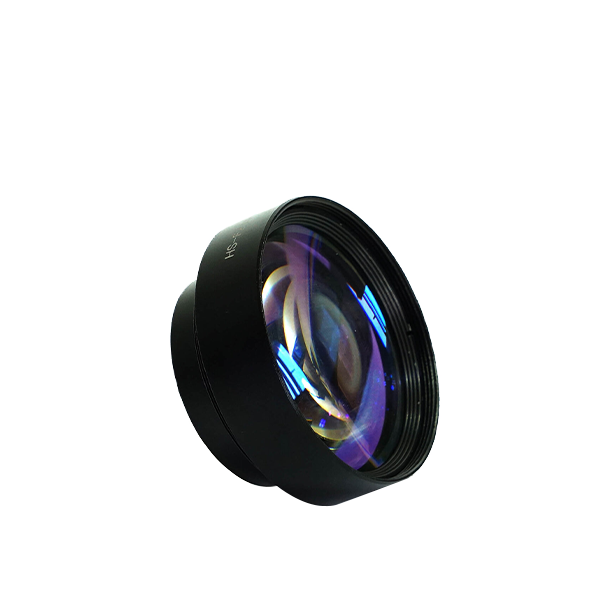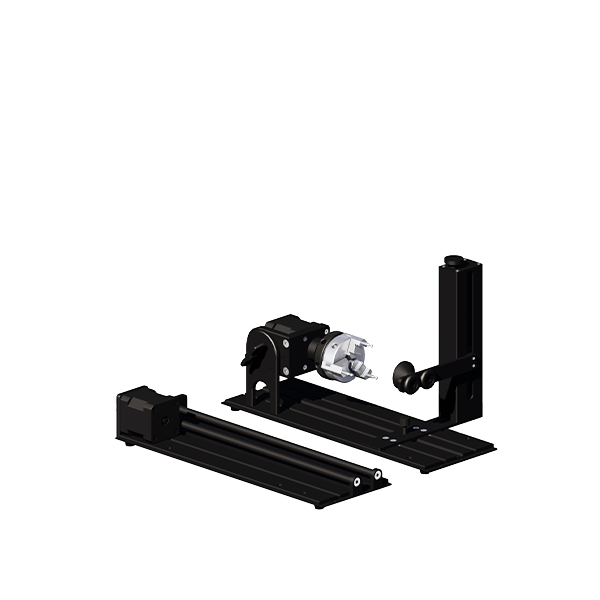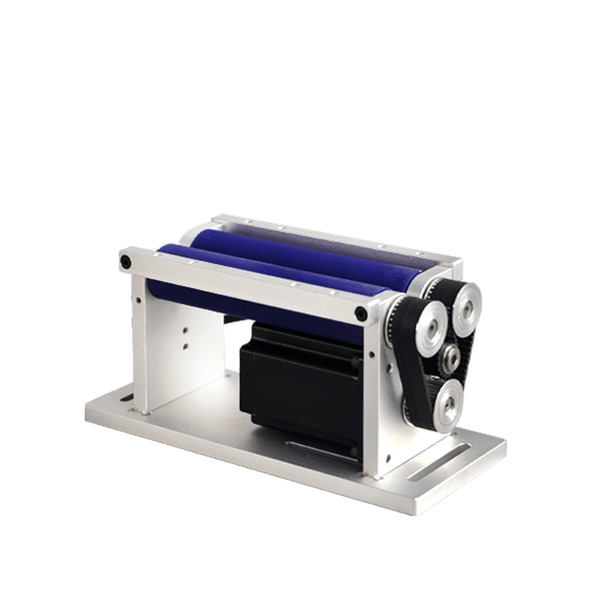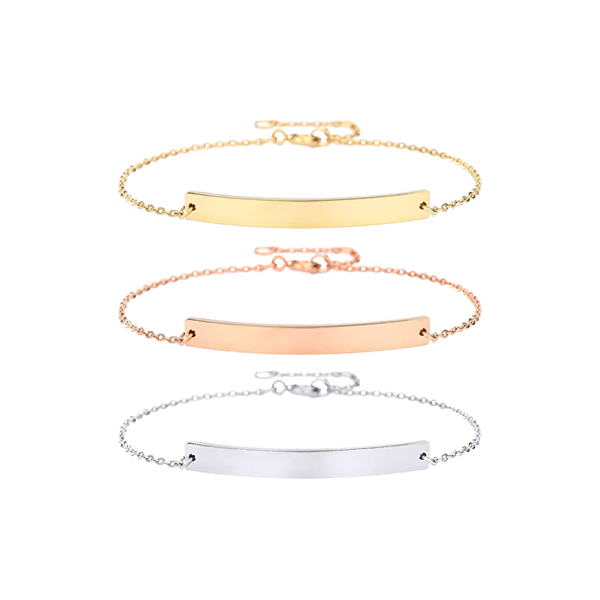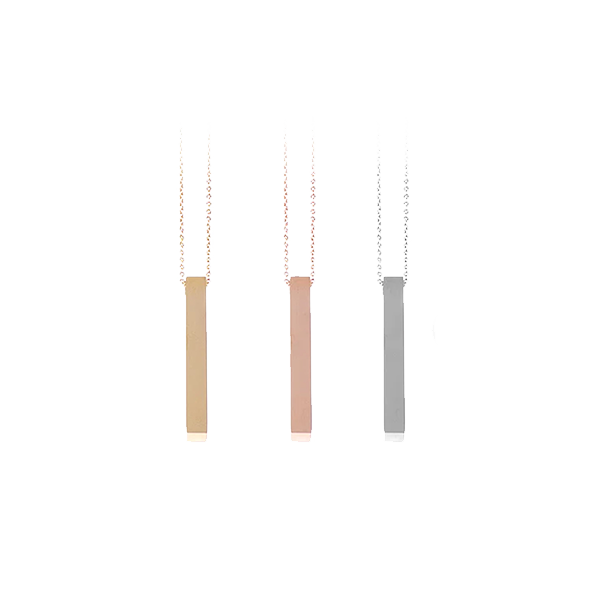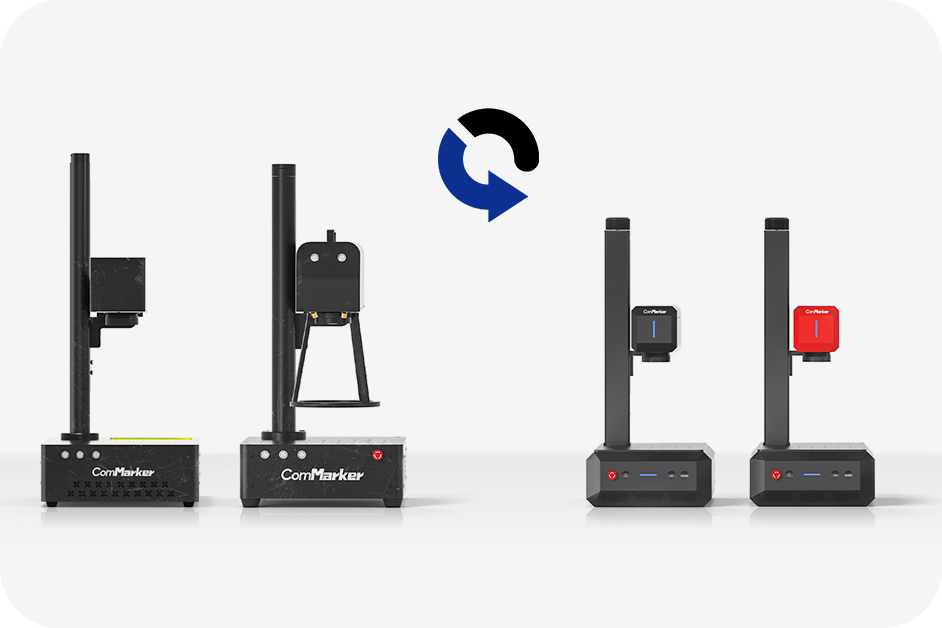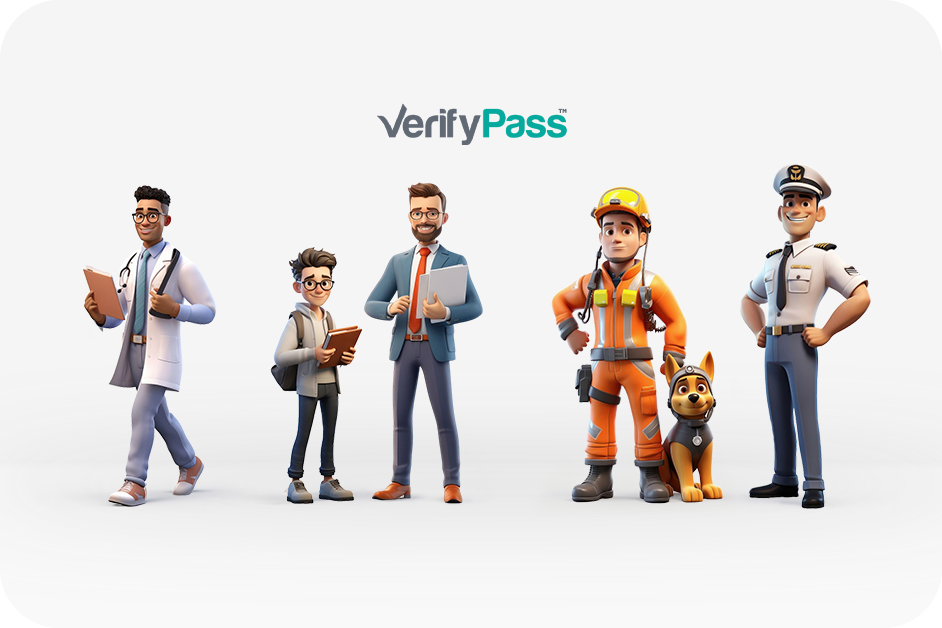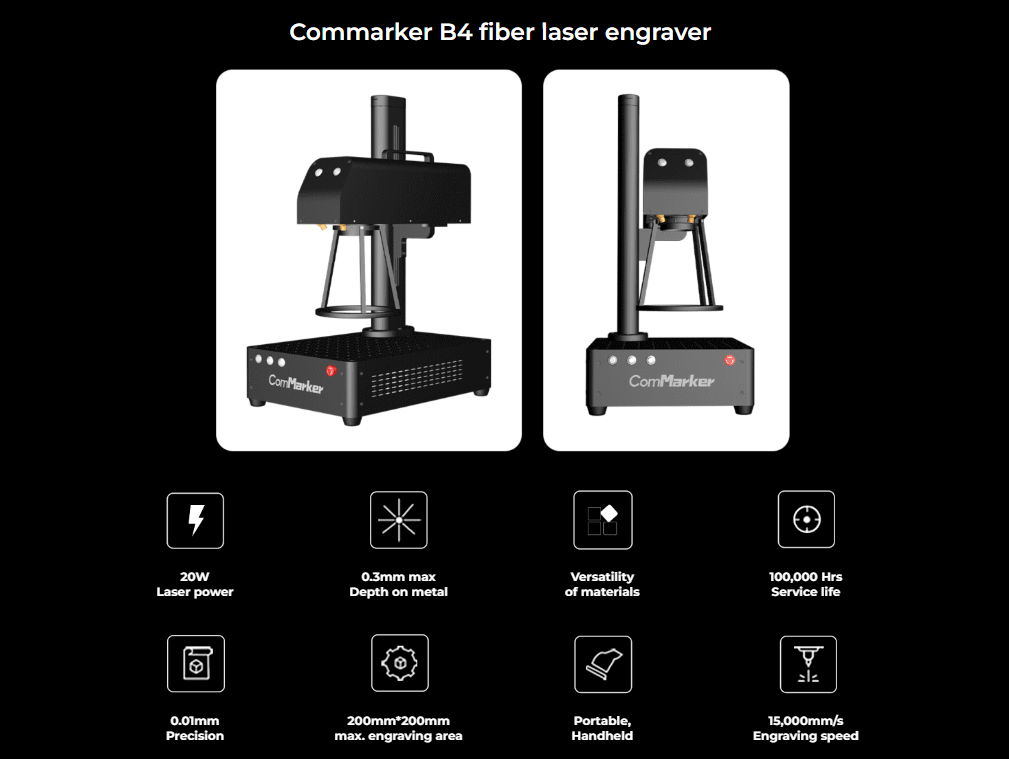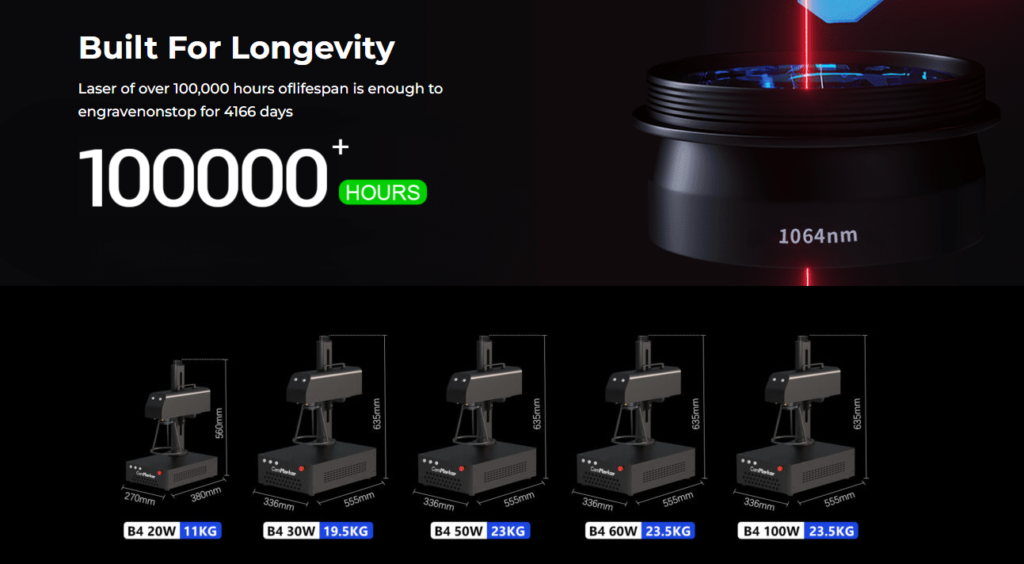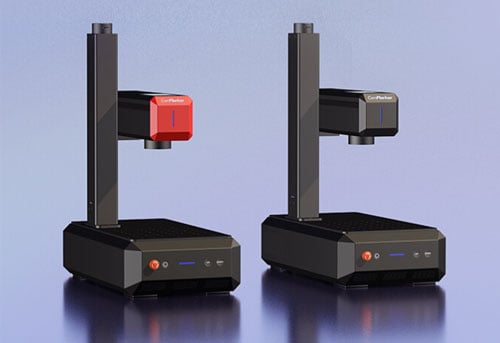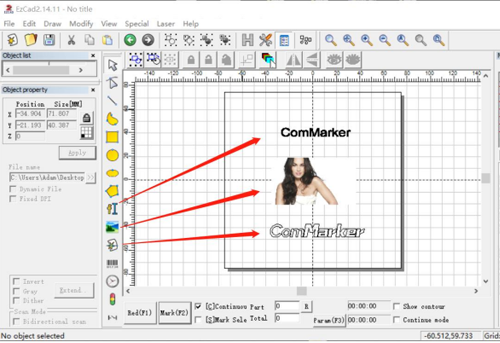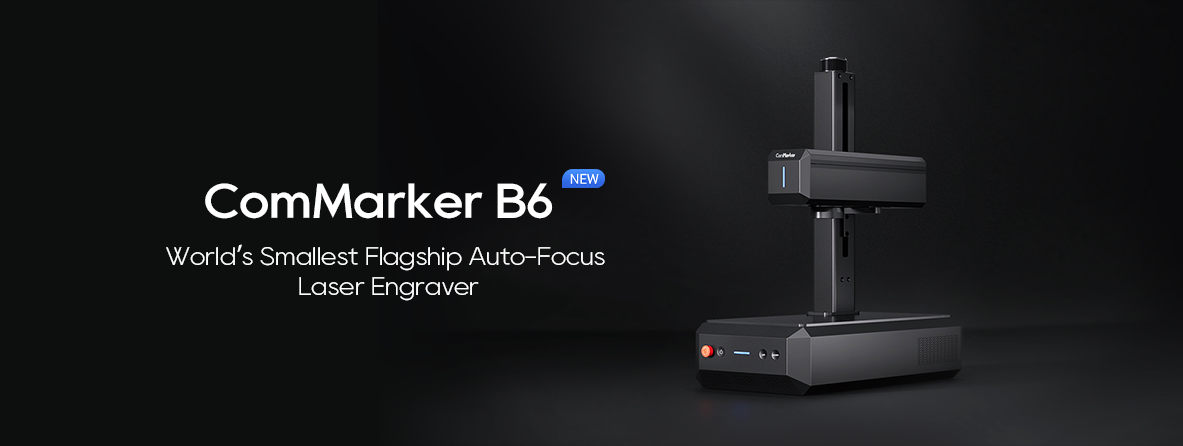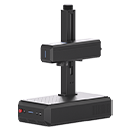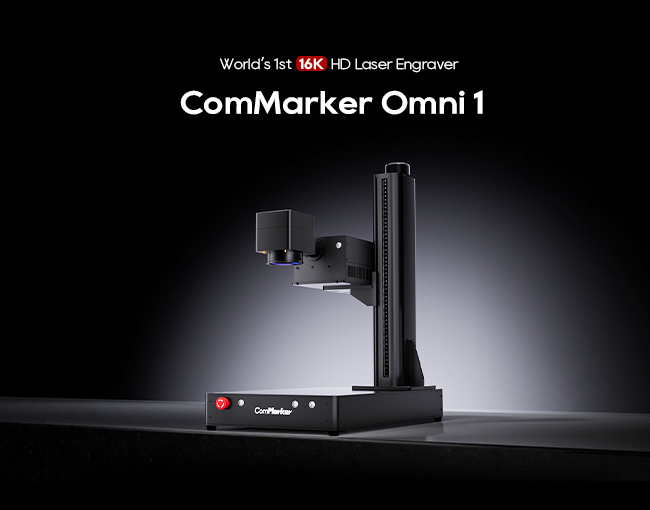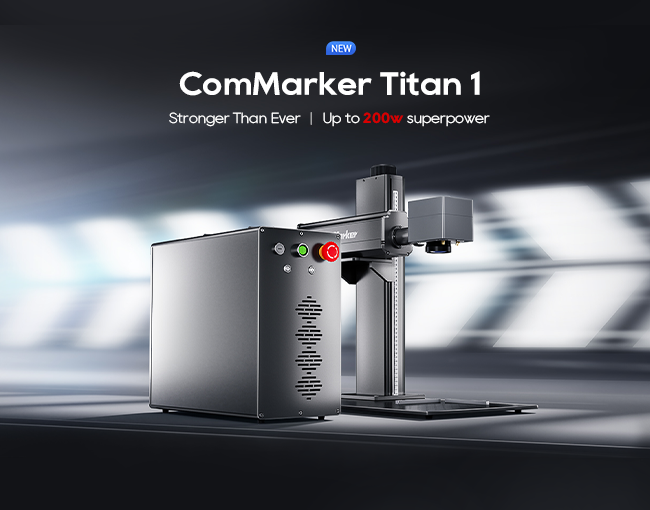1. 섬유 레이저로 새겨 낼 수 있습니까??
예, 파이버 레이저로 새겨질 수 있습니다. 광섬유 레이저는 광범위한 재료를 새기는 데 매우 효과적입니다., 특히 금속. 그들은 복잡한 디자인을 정확하게 조각 할 수있는 집중된 빛의 광선을 생성합니다., 로고, 텍스트, 표면에 패턴. 광섬유 레이저, 알류미늄, 놋쇠, 그리고 더. 그들은 또한 플라스틱 및 특정 도자기와 같은 비금속 물질에도 새겨 질 수 있습니다., 재료의 구성 및 레이저의 전원 설정에 따라.
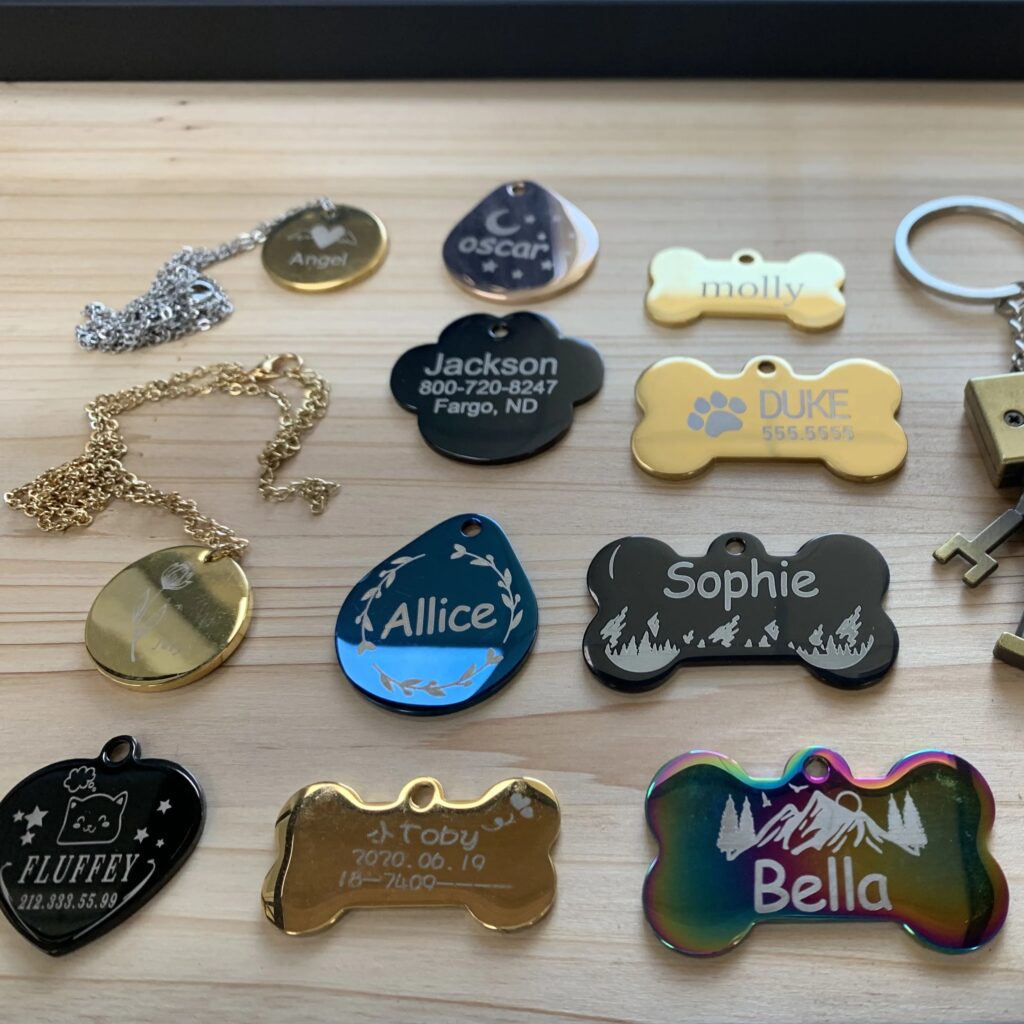
2. 무엇을 할 수 있습니까? 30w 섬유 레이저 조각?
30W 광섬유 레이저는 정밀하고 세부적인 다양한 재료를 포장 할 수 있습니다.. 30W 섬유 레이저로 새겨 질 수있는 일반적인 재료 중 일부는 다음과 같습니다.:
- 궤조: 스테인레스 스틸, 알류미늄, 놋쇠, 구리, 금, 은, 티탄, 및 기타 금속.
- 플라스틱: 특정 플라스틱, 특히 레이저 친화적 인 사람들, 폴리 카보네이트와 같은, ABS, 그리고 아크릴.
- 도예: 일부 도자기는 새겨 질 수 있습니다, 결과는 세라믹의 구성에 따라 다릅니다.
- 유기재료: 목재, 가죽, 그리고 일부 유형의 직물.
30W 섬유 레이저는 특히 금속 조각에 적합합니다., 고해상도 마크를 생성 할 수 있습니다, 바코드, 일련번호, 로고, 그리고 장식 디자인.
3. 그만한 가치가있는 섬유 레이저입니다?
섬유 레이저가 투자 할 가치가 있는지 여부는 여러 요인에 따라 다릅니다., 의도 된 응용 프로그램을 포함하여, 생산량, 그리고 재료 유형. 섬유 레이저가 그만한 가치가있는 것으로 간주 될 수있는 몇 가지 이유는 다음과 같습니다.:
- 정밀도와 품질: 섬유 레이저는 조각에서 높은 정밀도와 품질을 제공합니다, 상세하고 복잡한 디자인에 이상적입니다.
- 다재: 그들은 광범위한 재료로 작업 할 수 있습니다, 특히 금속, 응용 프로그램 범위가 넓어집니다.
- 내구성과 장수: 광섬유 레이저는 수명이 길고 다른 레이저 유형에 비해 유지 보수가 상대적으로 낮습니다..
- 능률: 그들은 빠른 처리 속도와 낮은 운영 비용을 가지고 있습니다, 특히 저전력 소비와 최소 유지 보수 요구로 인해.
- ROI: 일관된 비즈니스의 경우, 고품질 조각 또는 절단, 광섬유 레이저에 대한 투자는 효율성 증가를 통해 돈을 지불 할 수 있습니다., 품질, 확장 된 서비스 제공.
4. 섬유 레이저가 절단되지 않는 것은 무엇입니까??
섬유 레이저는 특정 재료 절단에 적합하지 않습니다, 포함:
- 반사 금속: 구리 및 금과 같은 고도로 반사 금속은 반사 특성으로 인해 절단하기가 어려울 수 있습니다., which can reflect the laser beam back into the machine and cause damage or inefficiency.
- 유기재료: Fiber lasers are less effective for cutting organic materials such as wood and leather, compared to CO2 lasers.
- 유리: Fiber lasers are generally not used for cutting glass because glass requires different laser characteristics, typically provided by CO2 lasers.
- Certain Plastics: Some plastics that are not laser-friendly can emit toxic fumes or not cut cleanly with fiber lasers.
For applications requiring the cutting of these materials, other types of lasers like CO2 lasers may be more suitable.
5. How long do fiber laser engravers last?
파이버 레이저 조각기 are known for their durability and long lifespan. A typical fiber laser has an expected lifespan of around 25,000 에게 100,000 hours of operational use. 이 장수는 섬유 레이저의 고형 상태 특성 때문입니다., 움직이는 부품이 적고 레이저 생성에 다이오드를 사용합니다.. 이 다이오드는 운영 수명이 길다, 시스템의 전반적인 내구성에 기여합니다.
수명은 레이저 품질과 같은 요인에 따라 다를 수 있습니다., 유지 관리 관행, 및 사용 빈도. 정기적 인 유지 보수, 장비를 깨끗하게 유지하고 제조업체 가이드 라인을 따르는 등, 섬유 레이저 조각사의 수명을 최대화하는 데 도움이 될 수 있습니다..
6. 섬유 레이저 절단의 단점은 무엇입니까??
하는 동안 섬유 레이저 절단 수많은 장점을 제공합니다, 고려해야 할 몇 가지 단점이 있습니다:
- 초기 비용: 파이버 레이저 시스템은 일반적으로 다른 레이저 유형보다 비싸다, CO2 레이저와 같은. 이 높은 초기 투자는 일부 비즈니스의 장벽이 될 수 있습니다..
- 재료 제한: 섬유 레이저는 나무와 같은 비 메탈을 절단하는 데 이상적이지 않습니다, 유리, 그리고 일부 플라스틱. 그들은 주로 금속 절단을 위해 설계되었으며 광범위한 재료를 자르는 데 다재다능하지 않을 수 있습니다..
- 반사 재료: 높은 반사 금속 절단, 구리 및 금과 같은, 레이저 빔이 기계로 다시 반사되어 어려움을 겪을 수 있습니다., 손상이나 비 효율성을 유발할 수 있습니다.
- 복잡성 및 유지 보수: 광섬유 레이저는 다른 레이저 유형보다 유지 보수가 적습니다., 그들은 여전히 운영하고 유지하기에 복잡 할 수 있습니다, 특히 레이저 기술에 대한 경험이없는 사용자에게.
- 열 영향 구역 (haz): 섬유 레이저는 다른 절단 방법에 비해 작은 HAZ를 생성합니다., 열 왜곡을 최소화 해야하는 일부 정밀 응용 분야에 대한 우려가 여전히 우려 될 수 있습니다..
- 기술 요구 사항: Operating a fiber laser system effectively requires training and skill, especially for complex cutting and engraving tasks. This can add to the initial setup costs in terms of training and operator education.




